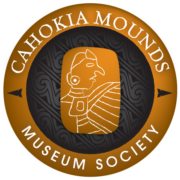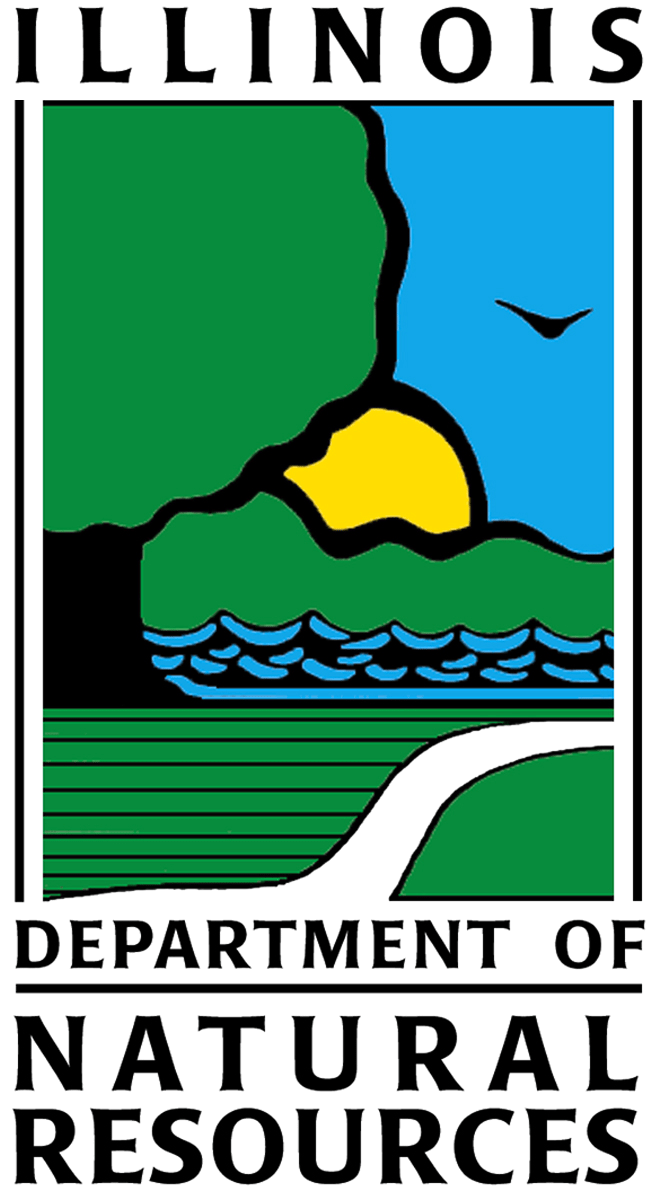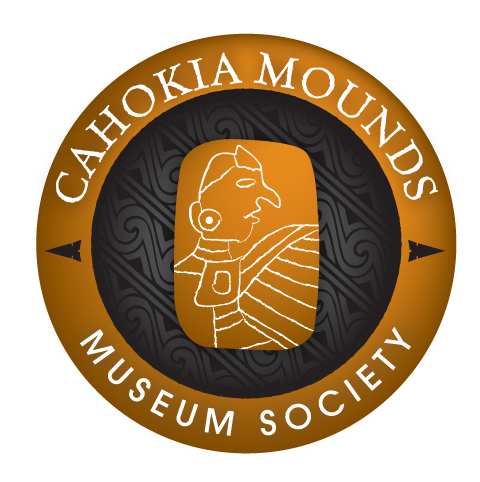Mound 79
Moorehead’s 1929 map shows Mound 79, which he named the Mackie Mound, located north of Cahokia Creek and north of Mounds 44 and 45; it forms the apex of a triangle with the latter two. This mound was not located on the Patrick Map, and locating Mound 79 on other maps is a problem. Moorehead’s map of 1929 provides some clue to its location of by his placement of the Cahokia Canal crossing the channel of Cahokia Creek, which is also mapped by Patrick, just west of Mound 79. However, Moorehead’s configuration is different from the present positions of the canal and creek. Therefore, Moorehead probably mismapped the meander pattern of Cahokia Creek, and his location of Mound 79 relative to the creek is suspect.
Moorehead also omitted the Alton and Southern Railroad tracks that cut north-south through the site just to the west of Patrick’s location of Mound 45. The railroad was present in Moorehead’s time; it clearly appears on the 1922 Goddard-Ramey photographs. One can assume that Moorehead, in making his sketch map, confused the location of the railroad with the location of Sand Prairie Lane, therefore compressing the scale of the western half of the site. That would have been the result of his misinterpretation of Mound 46 as the Powell Mound. The configuration of the canal Moorehead shows resembles its configuration west of the Alton and Southern Railroad more than it does its configuration near Sand Prairie Lane. If Moorehead did confuse Sand Prairie Lane with the railroad tracks, then Mound 79 should be to the west of the Alton and Southern Railroad.
A closed contour on the USGS maps suggests a mound on the north side of Cahokia Creek to the northeast of Patrick’s Mound 46. The area is now partially covered by Interstate 55-70. Aerial photos, field reconnaissance, and plotting of the location as indicated by the USGS maps suggest that the mound is in the embankment of Interstate 55-70 but partially exposed. At exactly that location, remnants of a mound cut through by the ditch bordering the northern edge of the interstate can be seen. I propose that this is the location of Moorehead’s Mound 79, a location further confirmed by Moorehead’s description that the mound was “about one and one-fourth miles west of Monks Mound and is on the bank of old Cahokia Creek” (Moorehead 1929: 55).
Its roughly T-shaped form also conforms to Moorehead’s description. It is the only mound on his map that he shows with this unique form. Moorehead said that it was 130 feet (39.6 meters) north-south with a long, low platform 3 to 5 feet (0.9 to 1.5 meters) in height extending about 150 feet (45.7 meters) to the east. There is a mound shown in approximately this location on the McAdams Map of 1882 that he gives a height of 15 feet (4.6 meters). The only other map to show this mound is Moorehead’s of 1929, and his description suggests it was 10 feet (3.05 meters) high at that time.
Moorehead’s description of Mound 79 is brief, and it follows in its entirety:
Mackie Mound, Number 79—This is about one and one-fourth miles west of Monks Mound and is on the bank of old Cahokia Creek. It is covered by a heavy oak grove, has never been plowed, and is about one hundred thirty feet north and south and ten feet high. It is surrounded on three sides by a swamp and there is a long low platform, or apron, extending about 150 feet to the east. This platform varies from three to five feet high. A trench was extended a distance of about thirty feet in the mound down to within a few feet of the base line, then the post augers were brought into service. Numbers of pits were sunk three or four feet in depth. With the exception of a few scales of flint or chert and one pottery fragment, absolutely nothing was found. The mound was composed of the hardest kind of buckshot gumbo, with no sign of stratification. It is clear that no village existed at the point from whence the earth was taken to build this mound as there are no broken artifacts to be observed in to the soil. [Moorehead 1929: 5556]




